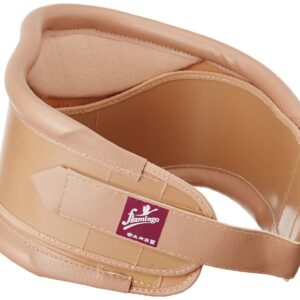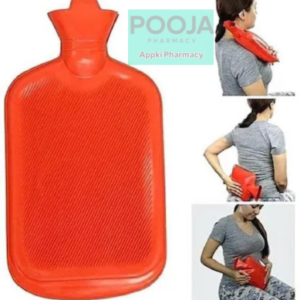DESCRIPTION
While designs can vary, a typical mobile IV stand is composed of several key parts:
- Vertical Pole: The main upright structure, often made of durable and easy-to-clean materials like stainless steel or aluminum. Many poles are telescopic, allowing the height to be adjusted to suit the patient’s position (e.g., sitting, lying down).
- Hooks/Hangers: Located at the top of the pole, these hooks are used to securely hang IV bags. Stands can have a varying number of hooks, from two to four or more, to accommodate multiple infusions at once.
- Height Adjustment Mechanism: A knob, lever, or foot pedal that allows a healthcare professional to easily raise or lower the pole to the desired height.
- Base: A heavy, weighted base provides stability to prevent the stand from tipping over, especially when holding multiple bags or being moved. Common base designs include five-legged star or circular bases.
- Wheels (Casters): Most IV stands are mobile and feature smooth-rolling casters on the base. These allow the stand to be easily moved with the patient. Many casters also include a locking mechanism to keep the stand stationary when needed.
- Types of IV Stands
IV stands come in various forms to meet different medical needs:
- Mobile/Floor-Standing Stands: These are the most common type, featuring a wheeled base for portability. They are highly versatile and used for patients who are moving around, such as in a hospital hallway or during transport.
- Stationary Stands: Designed for fixed locations, these stands are more robust and stable, ideal for areas where the patient and the stand do not need to move.
- Ceiling-Mounted IV Poles: These are installed in a ceiling track and are a space-saving option for small treatment rooms or operating theaters.
- Wall-Mounted Stands: Similar to ceiling-mounted poles, these are fixed to a wall to save floor space, often used in corridors or patient rooms.
- Clamp/Bed-Mounted Stands: These stands are designed to be attached directly to a patient’s bed or chair, offering a convenient solution for patients who are not mobile.
- Specialty Stands: These are customized for specific purposes, such as pediatric stands with lower heights and child-friendly designs, or surgical stands with extra hooks and attachments for multiple pumps and equipment.
- Materials
- IV stands are typically constructed from materials that are strong, durable, corrosion-resistant, and easy to clean, such as:
Stainless Steel: The most common and preferred material for its durability and hygiene.
Aluminum: A lightweight option that is also rust-resistant, though it may be less durable than stainless steel.
Chrome-plated Steel: A more economical alternative, but generally not as long-lasting as stainless steel as the coating can wear away.













Reviews
There are no reviews yet.